Results 2,231 to 2,240 of 12091
Thread: Anandtech News
-
09-17-12, 07:30 PM #2231
Anandtech: LG Makes Optimus G Official - Quad Core 1.5 GHz APQ8064 with 4.7-inch In-C
We've seen it leaked quite a few times leading up to this official announcement, but today LG did something a bit out of the ordinary by flying us out to Seoul South Korea to launch their first smartphone with Qualcomm's quad core Krait APQ8064 SoC and a host of other features. It's the LG Optimus G, and is based around a 4.7-inch 1280x768 IPS display with in-cell touch from LG Display, and includes either an 8 MP camera with no back bulge or 13 MP camera with a slight bulge. I've put together a table with the LG Optimus G specifications, which are about as beefy as they come these days. The only thing that's missing is a microSD card slot and user replaceable battery. I'm told that LG's emphasis for this design was getting the G as thin as possible, at 8.45mm. 
I've been talking for a while now about a host of smartphones coming up based on Qualcomm's Fusion 3 platform, which is to say specifically the combination of APQ8064 AP and MDM9615 baseband. LG's Optimus G looks to be one of the first which will appear sporting that combo, and will be available in Korea this week, followed by the US in October on an aggressive release schedule. There are a couple others, but it's starting to look like the Optimus G might end up being the first in appreciable volume.LG Optimus G Specifications Device LG Optimus G SoC 1.5 GHz Qualcomm Snapdragon S4 Pro
(APQ8064: 4 x Krait + Adreno 320)RAM/NAND/Expansion 2 GB LPDDR2, 32 GB NAND, no microSD Display 4.7" WXGA TrueHD IPS Plus (1280x768) with In-Cell Touch Network 2G / 3G / 4G LTE (Qualcomm MDM9615 UE Category 3 LTE) Dimensions 131.9mm x 68.9mm x 8.45mm, 145 grams Camera 13.0 MP or 8.0 MP Rear Facing, 1.3 MP Front Facing Battery 2100 mAh 3.8V (7.98 Whr) OS Android 4.0.x Connectivity 802.11b/g/n + BT 4.0, USB2.0, GPS/GNSS, MHL, DLNA, NFC
LG has talked a lot about how the Optimus G includes some firsts from its own teams, including LG Innotek and LG Display into the 4.7-inch IPS display with in-cell touch, and LG Chem with their new Li-Ion polymer cells that support more cycles and sport the 3.8V nominal chemistry. This is also LG's thinnest smartphone to date, apparently.
We're going to go hands on with the LG Optimus G shortly, but initial suspicions are a design which closely mirrors the LG Optimus LTE2 and previous Prada phones, but in an even thinner form factor and with speedier SoC.

More...
-
09-17-12, 09:00 PM #2232
Anandtech: Hands on with the LG Optimus G
Today we're at the LG Optimus G launch event in South Korea and just got a change to have a brief hands on with LG's new flagship smartphone. Initial launch will be in Korea on the three local carriers and later the Optimus G will launch in the USA on a few other carriers. 
The device is indeed extremely thin and light. The real highlight of course is the inclusion of 1.5 GHz APQ8064, which we confirmed is inside the Optimus G along with MDM9615. We'll have time later to play with and run more benchmarks on the LG Optimus G, but I couldn't resist quickly running sunspider and browsermark on the Optimus G. That said it's always difficult to know how representative the scores are on crowded event WiFi or tethered to another phone.
Gallery: LG Optimus G - Hands On





The phone feels great in the hand, although it is a bit of a fingerprint magnet. In addition there are real capacitive buttons for back, home, and menu (not task switcher) at the very bottom. 

More...
-
09-17-12, 11:30 PM #2233
Anandtech: In-Win GRone Case Review: Do Features Make the Case
It's been a very long time since we've had an In-Win case in house for review. In fact, the last one we checked out was the BUC, an affordable enclosure that was able to hit just the right balance between silence and performance for its price class. The BUC was and remains a reasonable value for end users who want a flexible case and don't mind the slightly gaudy aesthetic, but today we have In-Win's recently launched GRone.
The GRone is poised to be one of In-Win's flagship enclosures, an E-ATX-capable case with a built-in fan controller, attractive if understated LED lighting, five large fans, and a wealth of features even beyond those. Yet it also comes with a substantial asking price of $160, which puts it directly up against some serious competition from vendors like Antec, Corsair, and SilverStone. This is around the price point where we stop making trades between acoustics and thermal performance and start demanding both. Does the GRone fit the bill?

More...
-
09-18-12, 01:00 AM #2234
Anandtech: LG Optimus G Performance Preview
Earlier tonight LG announced its Optimus G, the company's first Qualcomm Fusion 3 based smartphone (APQ8064 + MDM9615). If you don't follow Qualcomm's naming system closely, we're talking about a quad-core 28nm Krait SoC with Adreno 320 graphics core paired with its very popular 28nm LTE baseband. The CPU cores can independently clock up to 1.5GHz and users can even manually shut off a pair of cores to save power. 
Brian got some hands on time with the Optimus G earlier tonight, but that just extended into a benchmarking session. While Brian spends more time with the Optimus G, he did send over a bunch of preliminary performance results from the device. We've seen APQ8064 in Qualcomm's MDP/T reference tablet, but this is the first time we've been able to gauge performance in a (nearly) shipping device. 
Gallery: LG Optimus G - Unboxing and More Hands on with White





I'm still not pleased with the current state of Android benchmarking but we'll have to make do with what we've got.
First off is Linpack, a reasonable indicator of heavy FP performance and memory bandwidth, but an even better tool for showing single and multi-core scaling.
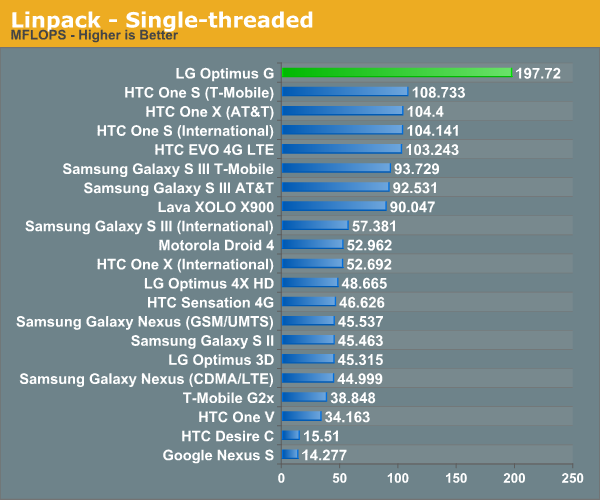
Qualcomm's Krait architecture has always done very well in this test, but the move to four cores doesn't actually show perfect scaling here. It's unclear if the test is simply running too quickly to produce a consistently high result, or if we're just running into issues feeding all four cores running at 1.5GHz because the 1 to 4 thread scaling is only around 2.45x here (vs 4x ideal). Either way we do see scaling beyond what you get from two cores with the quad-core APQ8064.Next up we have our two standard browser benchmarks: Sunspider and Browsermark. These two tests use LG's custom browser and measure aspects of JS performance:Sunspider is lightly threaded and thus doesn't see huge scaling going to four cores. In fact, in this case we're not seeing any real improvement over the dual-core Krait based devices from HTC. It's unclear how much of the Optimus G's performance is due to LG's browser/software stack vs. the underlying hardware.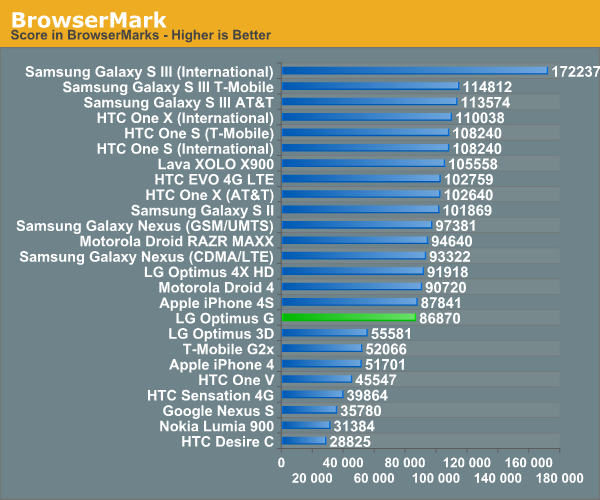
BrowserMark doesn't look great and the Optimus G's performance is almost certainly due to LG's own browser code. Qualcomm's reference software stack can provide great performance, but it's up to the individual OEM to take advantage of it. 
Finally we have our two GLBenchmark 2.5 GPU tests: Egypt Classic and HD, both run in their offscreen 1080p modes without Vsync enabled. Here the Adreno 320 is really able to shine:
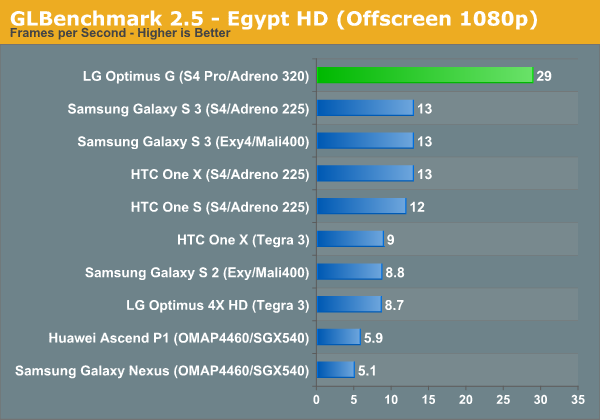
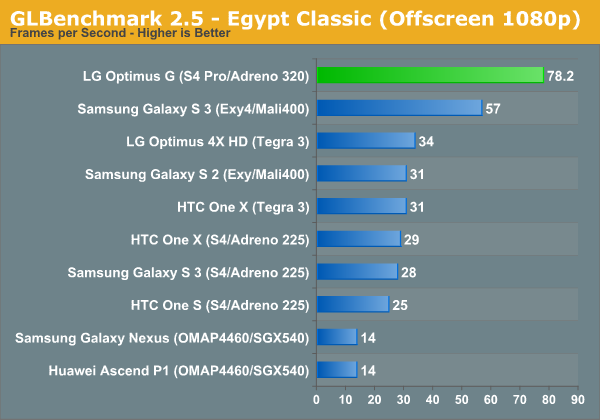
Performance looks awesome in both tests. The Egypt HD numbers are bordering on reasonably smooth and the classic numbers are great of course. Both of these tests run at resolutions higher than the Optimus G's native 1280 x 768 panel. At native res you're looking at 37.5 fps for Egypt HD and 59.8 fps for Egypt Classic, both extremely smooth.
If anything it's the GPU performance that's most exciting about the Optimus G. Most Android applications don't show great scaling from two to four cores, but the boost you get from the Adreno 320 will definitely be apparent in visually demanding games.

More...
-
09-18-12, 02:31 AM #2235
Anandtech: Synology Launches DS413 and DS413j 4-Bay NAS Units
A couple of weeks back, we covered Synology's launch of the 2013 2-bay NAS lineup, the DS213 and the DS213+. The most interesting aspect of the launch was the reappearance of Freescale's PowerPC platform in the offerings, and that too, in the + model. Last week, Synology launched the DS413j, a 4-bay NAS unit targeted towards home users. Today, the business-oriented DS413 is being launched. Similar to the DS213 and DS213+, the 4-bay lineup is also split between the Freescale P1022 dual core PowerPC platform (DS413) and the Marvell Kirkwood mv6282 SoC (DS413j).
The DS413 is optimized for business use. It has a new case design and has a hibernate mode to strike a balance between idle power consumption and system responsiveness. In this mode, it consumes only 3.4 W. The DS413 also has hardware accelerated encryption to provide 256-bit AES shared folder encryption without sacrificing too much read / write performance.
Gallery: Synology DS413





The Diskstation Manager OS (DSM 4.1) on the DS413 brings with it features like the DropBox-like Cloud Station personal cloud / sync solution, QuickConnect direct download links without port forwarding, VPN server and client and shared folder sync between DiskStations. The last feature is similar to Netgear's ReadyNAS Replicate, but, the second unit would need to be on the local network unless the VPN server / client is configured.
The DS413j is a budget-friendly model suitable for home storage networks and small offices.
Gallery: Synology DS413j





Some of the relevant DSM 4.1 features for the DS413j are the DLNA-compliant server for multimedia streaming, backup support for clients based on multiple platforms and the Quick Connect provision which allows connecting to some of the services on the NAS without port forwarding.
The DS413 and DS413j are available for purchase today. The former is priced at $530, while the latter comes in at $410.

More...
-
09-18-12, 05:00 AM #2236
Anandtech: Motorola Hits 2GHz with Intel Powered RAZR i
At the beginning of this year Intel finally unveiled its Atom Z2460 (Medfield) smartphone platform. The single-core, dual-thread CPU ran at up to 1.6GHz and was paired with a PowerVR SGX 540 GPU from Imagination Technologies. 
Most of the first Z2460 smartphones announced simply leveraged Intel's Medfield Form Factor Reference Design (FFRD). This approach guaranteed minimal risk for the device vendor, while introducing a completely new way to address the market for Intel. If the typical device markers weren't biting at the opportunity to ship an Intel phone, Intel would simply build its own and sell it directly to carriers and others who wanted it.
 
The major exception was Motorola. At CES this year Motorola announced it would be building smartphones and tablets based on Intel's Atom silicon, with the first devices appearing in the second half of 2012.
 
We're well into the second half, and at a special event today in London the two companies announced the first fruits of their labor: the Motorola RAZR i.
 
If the device pictured above looks familiar to you it's because the RAZR i is very similar to the Droid RAZR M that was just announced a couple of weeks ago in NYC. The same 4.3-inch qHD Super AMOLED Advanced display is present on the front, and you get the same Dupont Kevlar around back. What's new is the silicon inside: a combination of Intel's Atom Z2460 and XMM6260 baseband drive the RAZR i.
 
At Mobile World Congress Intel announced the Z2460 would be able to run its CPU core at up to 2GHz, up from the 1.6GHz announced at CES. Since then, no Intel based phones have used the new 2GHz silicon. The Motorla RAZR i is the first. I believe this also makes the RAZR i the first Android smartphone to hit 2GHz in its default configuration, without overclocking. Admittedly the Z2460's base clock remains 1.3GHz, it's only when the thermal conditions allow it that the CPU will boost up to 2GHz. Frequency isn't everything of course, but it's interesting to see Intel at the forefront of ramping it in the smartphone space. 
 
The rest of the specs should be identical (or very similar) to the Droid RAZR M. Obviously LTE support is out given the Intel HSPA+ baseband.
 
The RAZR i runs Android 4.0 (Ice Cream Sandwich) although Google/Mototorla/Intel are committed to delivering 4.1 (Jelly Bean) as an upgrade at some point.
 
While the RAZR i isn't the flagship device Intel needs, it's another step in the right direction. The first devices will ship in October to select European and Latin American markets, including the UK, France, Germany, Argentina, Brazil and Mexico. Unlike the Droid RAZR M, the RAZR i will only be available in black.
 
One of these days we'll see a US-focused Intel smartphone, although I suspect that won't happen until next year.

More...
-
09-18-12, 11:30 AM #2237
Anandtech: ioSafe N2: A Disaster Proof NAS with Synology DSM
ioSafe used to manufacture disaster proof NAS solutions / backup appliances such as the ioSafe R4. The R4s used to cost upwards of $10K, weighed more than 120 lbs. and the hard disks, though hot-swappable, needed a proprietary coating for waterproofing prior to usage. After taking a small break from the disaster-proof NAS market, ioSafe is back today with a new version, the ioSafe N2. It addresses all the shortcomings of the R4 by bringing down the weight to a more manageable 28 lbs. Hot swapping with standard hard drives is also supported, and the price for a diskless unit is a consumer friendly $599. Based on the Synology DSM (Disk Station Manager) firmware, the N2 is a 2-bay NAS unit with a 2 GHz Marvell CPU at the core along with 512 MB of DRAM. The performance, therefore, should be similar to that of the Synology DS213.
We had carried out a detailed analysis of ioSafe’s technology in our review of the SoloPRO earlier this year. The following picture shows the various aspects being used in the ioSafe N2.
A summary of the ioSafe N2 specifications is provided below:
Features:
- Local and Remote File Sharing: Between virtually any device from any location online
- Cloud Station: File syncing between multiple computers and N2 (like Dropbox)
- iTunes Server
- Surveillance Station: Video surveillance application
- Media Server: Stream videos and music
- Photo Sharing: Photo sharing with friends and family
- Mail Server: Email server
- VPN Server: Manage Virtual Private Network
- Download Station: Post files for others to download
- Audio Station: Stream audio to smartphone (iOS/Android)
- FTP Server: Remote file transfers
- Multi-platform compatibility with Mac/PC/MS Server/Linux
Hardware:
- Dual Redundant Disk, RAID 0/1, Up to 8TB (4TB x 2)
- 2GHz Marvel CPU and 512MB memory
- Gigabit Ethernet Port
- Additional ports for USB 3, SD Memory Card
- User replaceable drives
- Protects Data From Fire: DataCast Technology. 1550°F, 1/2 hr per ASTM E119 with no data loss.
- Protects Data From Flood: HydroSafe Technology. Full immersion, 10 ft. 3 days with no data loss.
- FloSafe Vent Technology: Active air cooling during normal operation. FloSafe Vents automatically block destructive heat during fire by water vaporization - no moving parts
- Physical theft protection (optional floor mount, door security - coming Q1 2013)
- Kensington® Lock Compatible
Support:
- 1 Year Data Recovery Service (DRS) Standard (upgrade up to 5 year)
- DRS included $2500/TB for forensic recovery costs for any reason if required
- 1 Year No-Hassle Warranty - Upgrades with DRS up to 5 years
Operating Environment:
- Operating: 0-35° C (95°F)
- Non-operating: 0-1550°F, 1/2 hr per ASTM E119
- Operating Humidity: 20% - 80% (non-condensing)
- Non-operating Humidity: 100%, Full water immersion, 10 feet, 3 days
Physical:
- Size: 5.9"W x 9.0"H x 11.5"L
- Weight: 28 lbs
Gallery: ioSafe N2


ioSafe's CEO, Robb Moore, had responded to many of our questions and concerns in the comments section of our review of the ioSafe Solo PRO. Of particular relevance to today's piece is the 3-2-1 backup strategy advocated by ioSafe:
- Keep at least 3 complete copies of your data
- Keep them on at least 2 different devices
- 1 copy should be on taken offsite or disaster proofed in someway
Many consumers wish to have some sort of RAID-1 redundancy built into their backup strategy (We all know 'RAID is not backup'). For example, a disaster proof backup system could consist of a 2-bay NAS such as the Synology DS213 ($299), two 2TB drives (2x $100) and a 2TB SoloPRO ($370) costing $869 in total. Another way of implementing the 3-2-1 strategy would be an ioSafe N2 ($599), two 2TB drives ($200) and a generic 2TB external hard drive ($100) costing $900 in total. Both setups would give fireproof and waterproof backups with private cloud access, NAS and RAID. The second strategy does deliver a slight advantage:
- Post disaster, the user gets two chances to recover data from each drive.
- Drive failure doesn't result in losing fire/flood recovery ability
- Disaster-proofing the primary drives gives the user better recovery of the data that was in process moments before a natural disaster, giving an improved Recovery Point Objective (RPO). The SoloPRO in the first scenario might only have last nights backup depending on the user's settings.
- Getting to the disaster exposed drive is easier on the N2 because of the hot swappable nature of the drives and the lesser number of screws (Improved Recovery Time Objective (RTO))
The ioSafe N2 is being launched on Indiegogo today. General availability is scheduled for January 2013 with a retail price of $599.99 for the diskless version. Considering that ioSafe is a small company with 20-odd employees, crowdfunding initiatives like Indiegogo allow them to jump past typical startup funding models and rapidly accelerate the ioSafe N2 to market.
It is exciting to see ioSafe address the market for disaster proof network attached storage. This market is not necessarily as glamorous as the one that a recent crowdfunding hit managed to raise millions of dollars for. However, most consumers don't realize the value provided by solutions such as those provided by ioSafe until it is too late. With the final version of the ioSafe N2 already being demonstrated and the solid track record of ioSafe in the disaster proof storage market, we hope ioSafe is able to successfully reach out to the consumers through this initiative.
 

More...
-
09-19-12, 12:30 AM #2238
Anandtech: iPhone 5/A6 SunSpider Performance: Faster than Intel's Atom Z2460
The first iPhone 5 reviews have lifted, confirming the leaked Geekbench data we saw in our earlier post. Apple's A6 appears to feature two custom ARM cores running at up to 1GHz. A new datapoint comes courtesy of our own Brian Klug who's currently visiting LG in Seoul, South Korea. He ran into Vincent Nguyen of Slashgear fame, who kindly let him run SunSpider 0.9.1 on Vincent's iPhone 5 review sample. The score? 914.7ms.
SunSpider is quickly outlasting its welcome as a smartphone benchmark, but it does do a great job of highlighting issues with the Cortex A9's memory interface. Intel originally hinted at issues in the A9's memory interface as being why Atom was able to so easily outperform other ARM based SoCs in SunSpider. As we surmised in our A6 Geekbench post, it looks like Apple specifically targeted improvements in the memory subsystem when designing the A6's CPU cores. The result is the fastest SunSpider test we've ever recorded on a smartphone - faster even than Intel's Atom Z2460.
This doesn't tell us much about the A6's architecture other than it's likely got a better cache/memory interface than ARM's Cortex A9. What we really need is for someone to port SPECint to iOS...

More...
-
09-19-12, 02:30 AM #2239
Anandtech: Intel's WiDi 3.5: Much Faster, USB, Miracast Support and New Receivers
Two years ago Intel introduced its wireless display technology (Intel WiDi) that uses the host CPU to encode a stream of whatever is on your screen and send it wirelessly to a receiver connected to a TV or other display. As a recap, to support WiDi you need a supported hardware platform (Arrandale/Clarkdale, Sandy Bridge or Ivy Bridge) and an Intel wireless adapter. On the receiving end you'll need a WiDi receiver of course. 
The initial version of Intel's WiDi was limited in resolution (720p only), features (no HDCP support) and performance (very high latency). Since then Intel has been regularly updating the WiDi software stack to add new features and improve performance.
Today Intel is announcing version 3.5 of its WiDi software with some significant feature and performance boosts. On the feature side there's now support for streaming USB wirelessly as well as display. The receiver has to feature USB ports, but with that in place you'll be able to get wireless access to USB HID devices such as keyboards, mice, game pads, etc... 
Also on the feature side, Intel is announcing full support for the WiFi Alliance's Miracast specification. Although not all features and performance claims will apply with a Miracast receiver, you should be able to get wireless display functionality from a WiDi enabled system to a Miracast receiver. 
Windows 8 and touch are both supported with this latest software update.
On the performance side Intel is promising 60ms latency for WiDi 3.5 when used with an Ivy Bridge based system (250ms with Sandy Bridge) and a 2nd generation (or newer) WiDi receiver. Later this year we'll see an updated Netgear Push2TV WiDi receiver that's a lot smaller with a starting price of $59.99.
Intel's WiDi 3.5 software will be available in October and is sampling to OEMs now.
Gallery: Intel's WiDi 3.5: Much Faster, USB, Miracast Support and New Receivers




More...
-
09-19-12, 06:30 AM #2240
Anandtech: Dell OptiPlex 9010 All-in-One Review: Dell's All-in-One Goes Enterprise
The all-in-one market is a tough nut to crack, both for the vendors and in many ways for the press as well. Apple sidestepped the landmine entirely by simply making the iMac the only desktop they offer in those price brackets; if you want a comparatively inexpensive Mac you simply buy an iMac. Windows users have a lot more choices, though, and those choices are now growing with all-in-one entries into the enterprise market from HP, Dell, and Lenovo.
On the bench today is Dell's just-launched OptiPlex 9010 All-in-One, targeted very specifically to business and enterprise applications rather than consumer. Much like the very tiny Lenovo ThinkCentre we recently reviewed, the OptiPlex 9010 AiO is designed to serve unique purposes beyond use as a garden variety computer terminal. The questions after that become: is it up to snuff with Dell's other commercial offerings, and are they trying to create solutions to non-existent problems?

More...
Thread Information
Users Browsing this Thread
There are currently 18 users browsing this thread. (0 members and 18 guests)




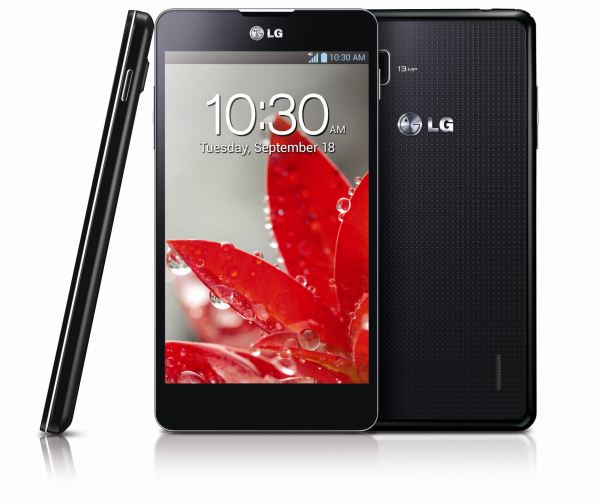



 Quote
Quote
.jpg)
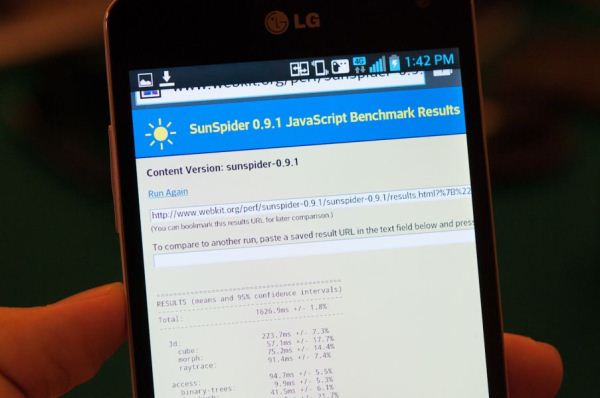
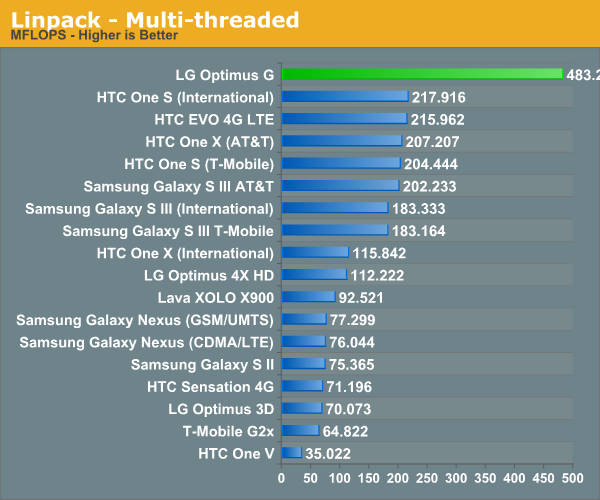
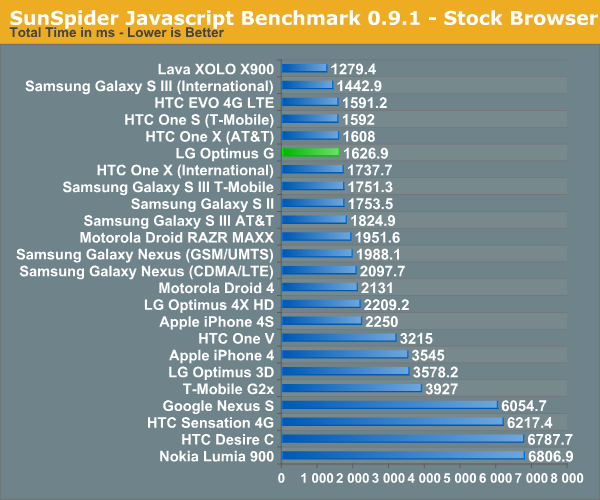


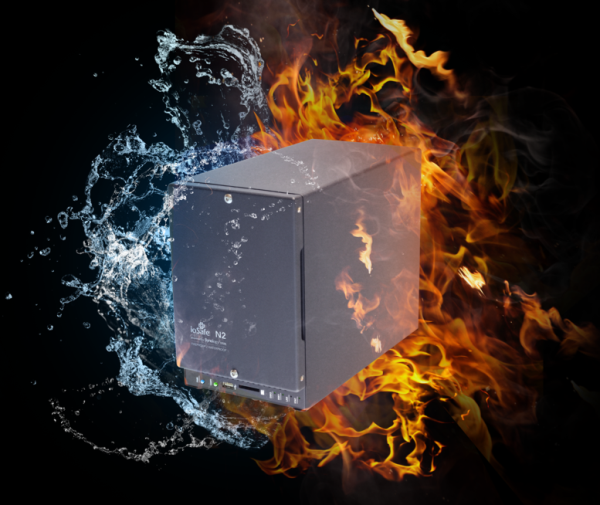
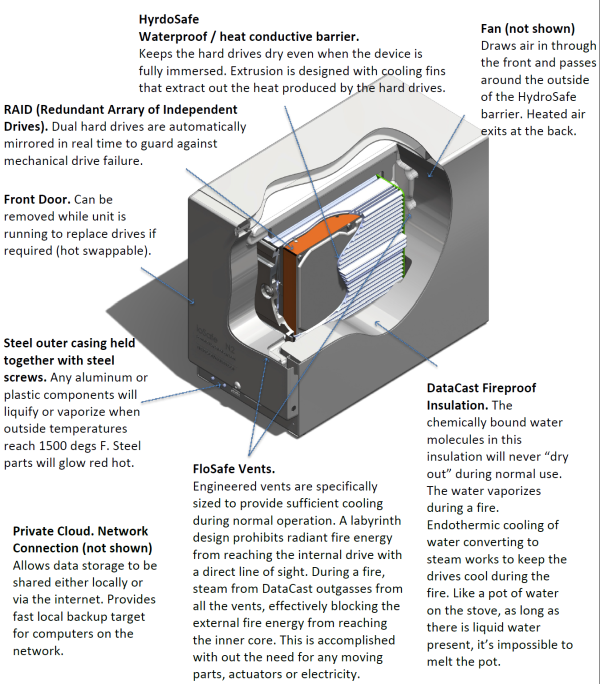



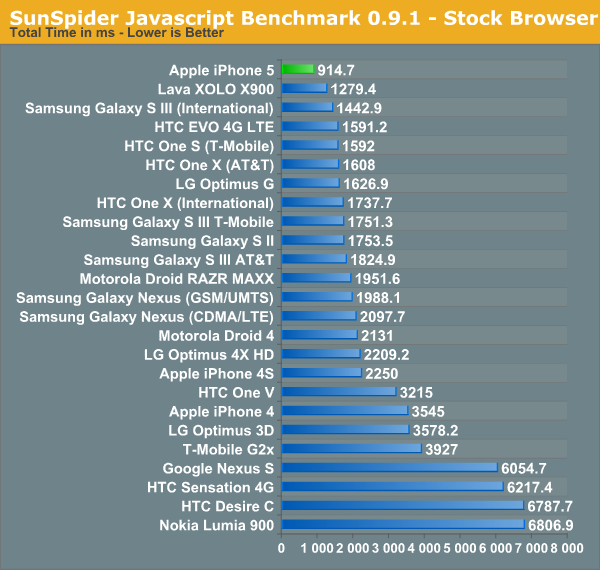
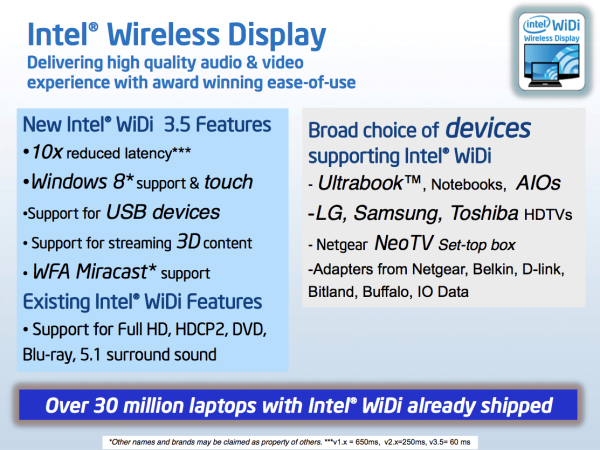
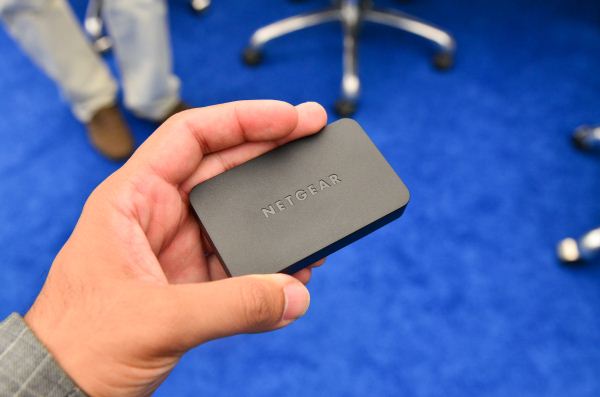
.jpg)
















Bookmarks